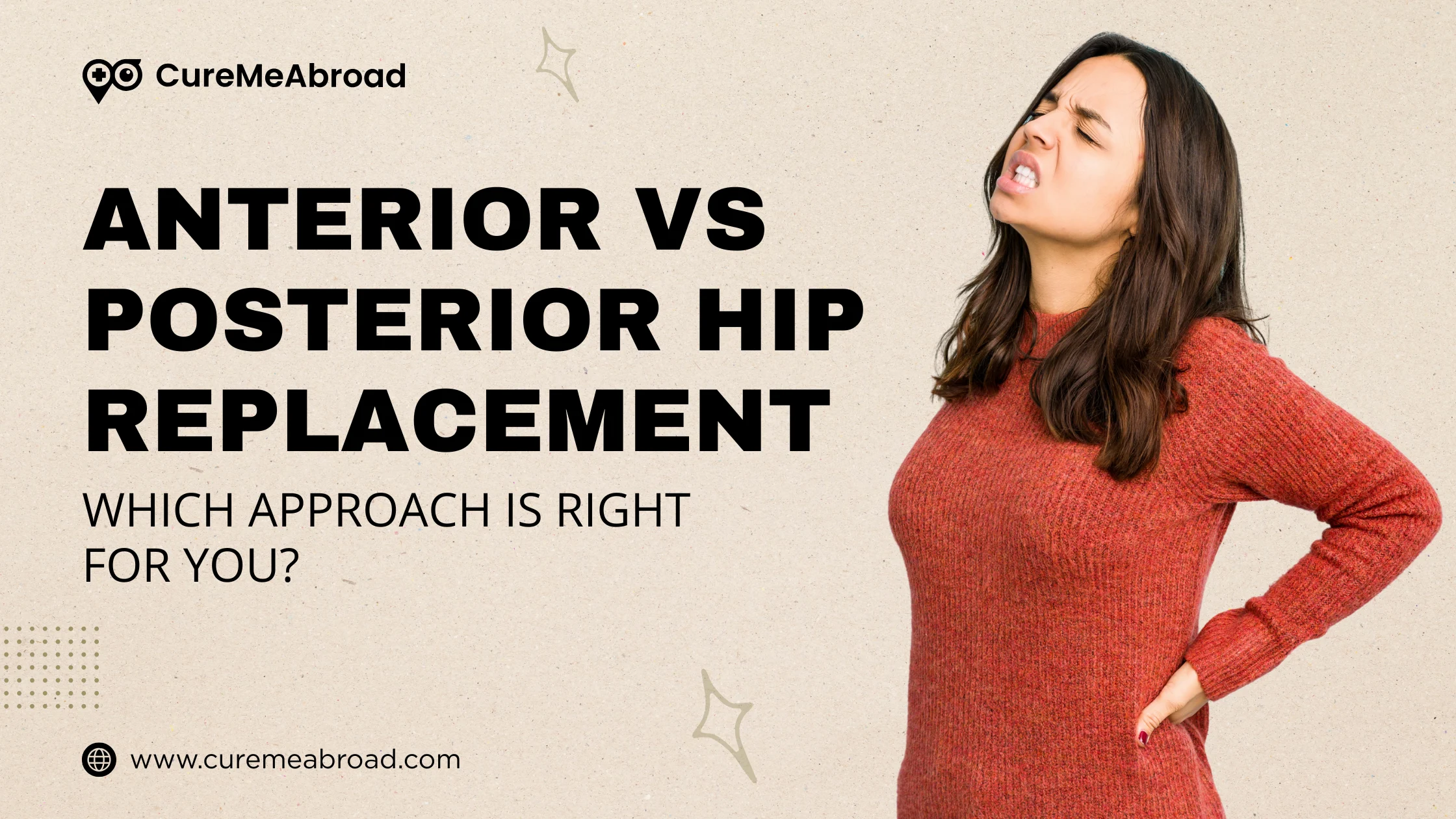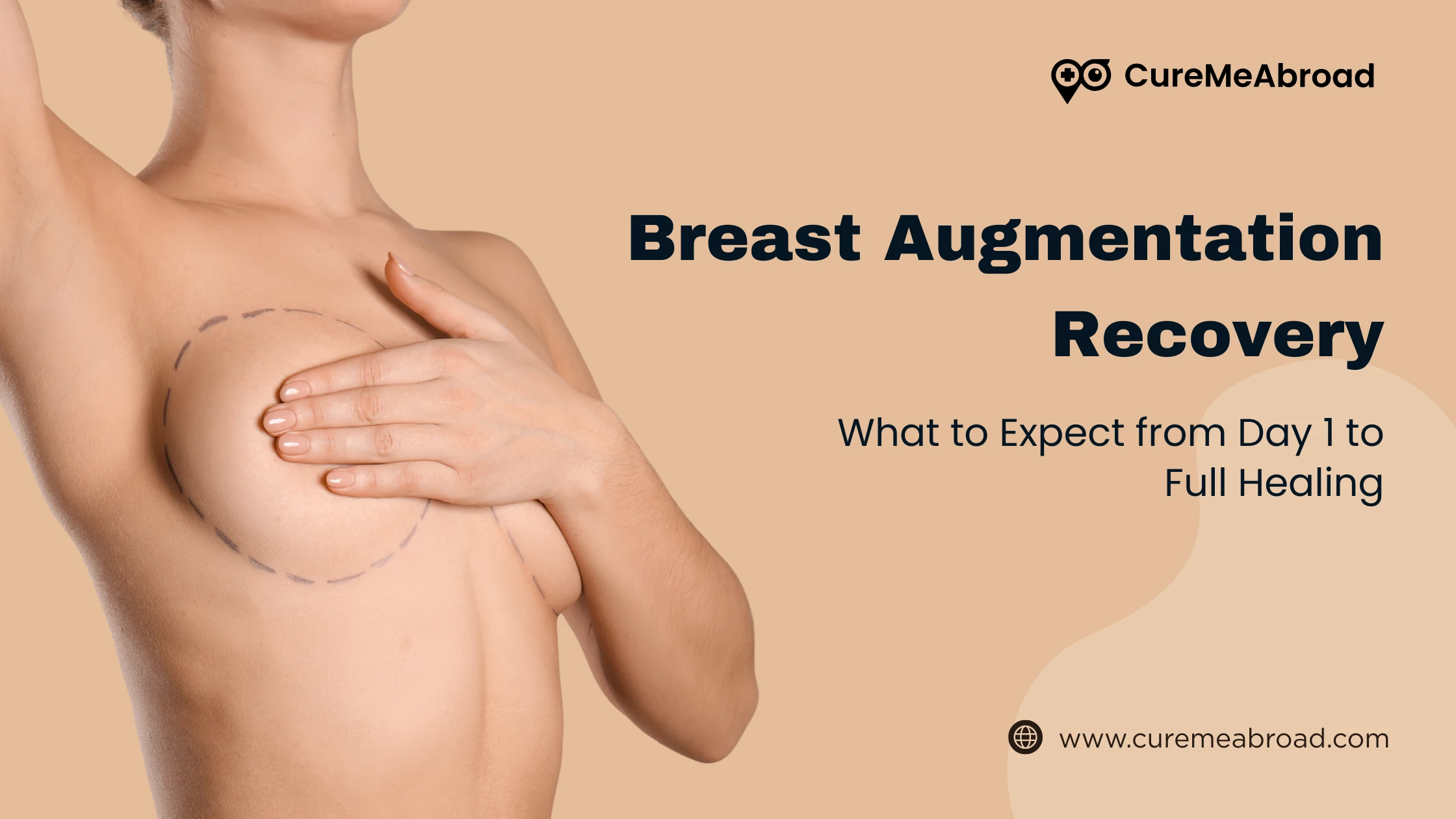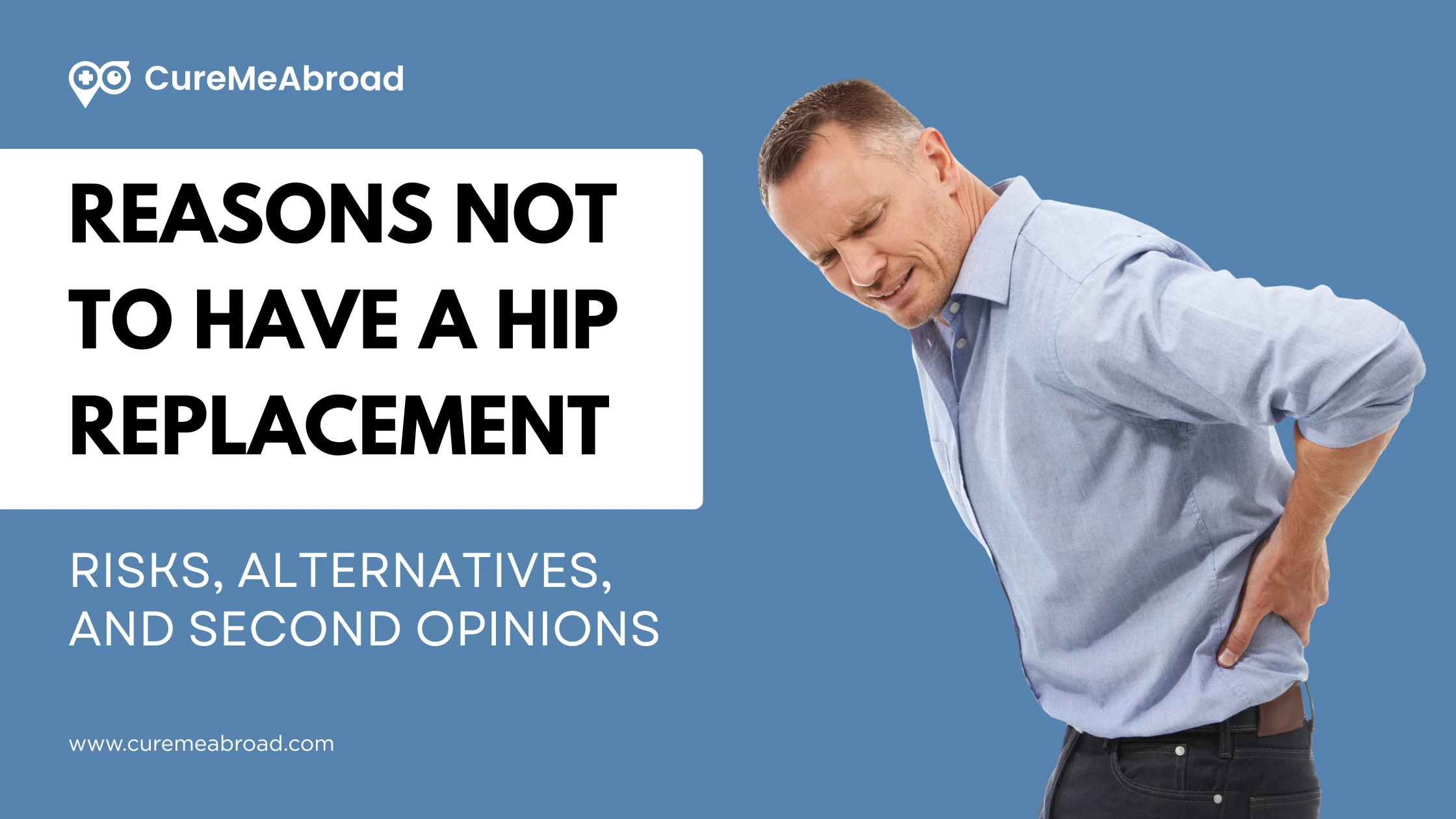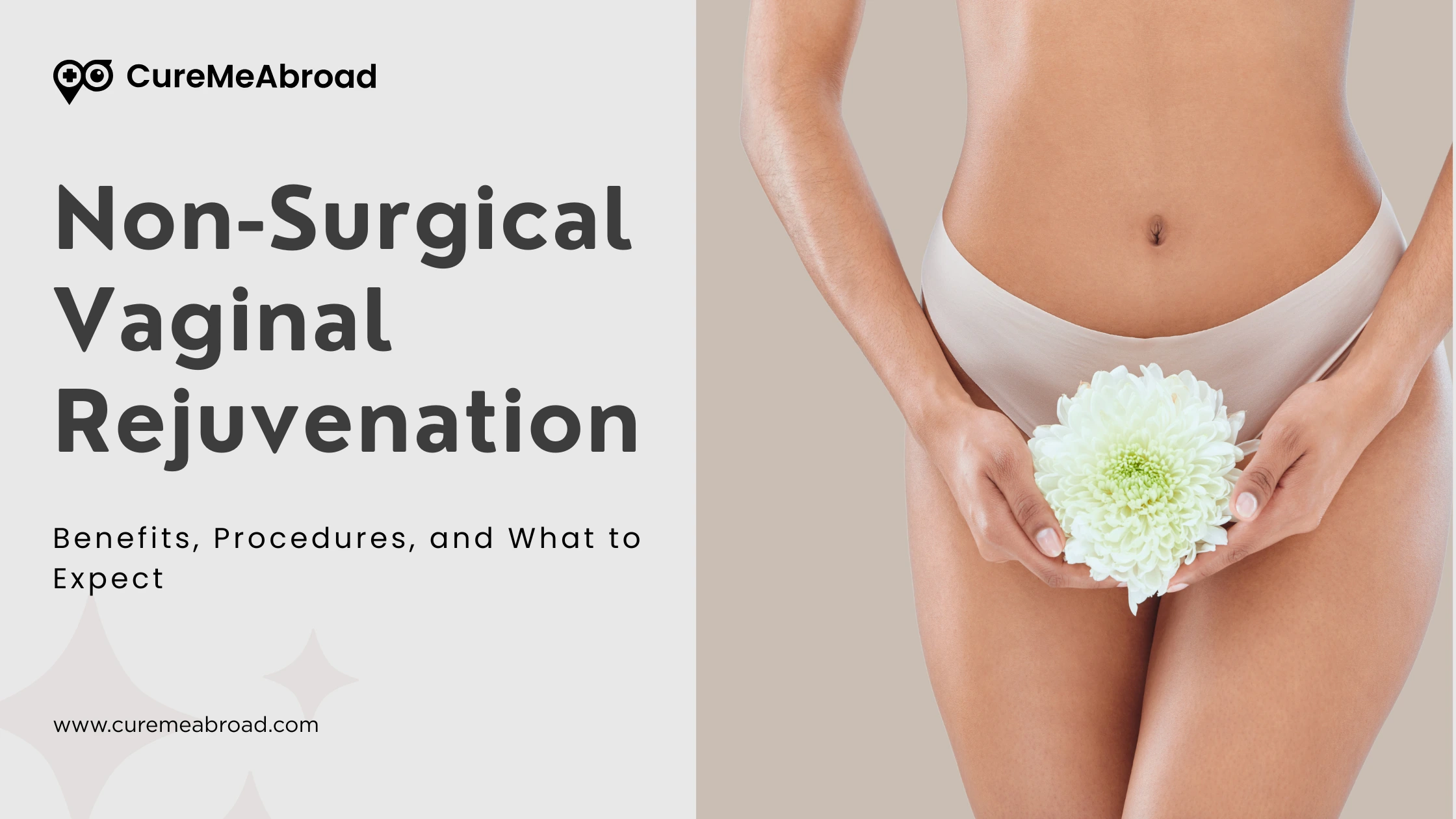When it comes to hip replacement surgery, there are multiple approaches to access the hip joint. Two of the most common are the anterior and posterior approach. This blog will help you get a clearer idea of both the approaches and what might influence your choice.
What’s the difference between Anterior and Posterior Hip Replacement?
The hip joint is a ball and socket joint, where the ball is head of the femur which fits into the socket (the acetabulum of your hip bone). Hip replacement surgery involves removing the damaged bone and cartilage and replacing it with an artificial implant.
The main difference between the two approaches lies in where the surgeon decides to make an incision to access the hip joint.
ANTERIOR HIP REPLACEMENT:
In this approach the surgeon makes the incision on the front of your hip, usually around the groin area. This involves working between the muscles and avoiding cutting through them.
BENEFITS: It is less invasive because it avoids cutting of major muscle groups. This means less pain after surgery and faster recovery.
DRAWBACKS: Anterior approach is technically more challenging and requires surgeons with a lot of experience. It involves working around a narrow space and can increase the risk of complications.
POSTERIOR HIP REPLACEMENT:
In this approach the incision is made on the back or side of your hip. It involves cutting through the muscles and soft tissues around the hip to gain joint access.
BENEFITS: It is the most commonly used surgical approach, because it gives the surgeon a wider area to work. It has lower rate of complications and is easier for the surgeon to perform.
DRAWBACKS: Considering all the benefits, this approach does require cutting of the muscles which can result in a longer and painful recovery. Additionally, there is a small risk of dislocation in the early post operative period.
WHICH APPROACH IS BETTER FOR YOU ?
SURGEON’S EXPERTISE AND EXPERIENCE
The success of either type of approach depends on the experience and expertise of your surgeon. If your surgeon is more comfortable with one technique over the other , that could be a deciding factor .
ANATOMY :
Everyone’s body is different , anterior may not besuitable for patients with obesity, lower muscle strength , previous hip or hernia surgeries .Its important to trust your surgeon’s opinion and guidance in selecting the approach
RECOVERY TIME:
If faster recovery and less post operative pain is your goal , then anterior approach might be the right choice for you . Because it avoids cutting through muscles and tendons , patients often experience less pain and a quicker return to normal activities .However , recovery times is variable in every person . Ensuring proper physical therapy , rest and regular follow ups gives the highest chance of faster recovery.
Why Does It Matter?
At first glance, the decision between anterior vs. posterior might seem like a small one but it can affect your recovery process, risk of complications, and how comfortable you feel after surgery. In fact, the method you choose may influence how quickly you return to your favorite activities, whether that’s walking, hiking, or even dancing!
While you might be drawn to the idea of the anterior approach because of its reputation for a quicker recovery, it’s important to remember that not all surgeons are equally experienced with this technique. If your surgeon recommends the posterior approach, don’t be discouraged! The posterior approach has been around longer, and it’s highly effective for many patients.
Final Thoughts: Talk to Your Surgeon
Ultimately, the decision is not just about choosing between two techniques. It’s about selecting the best approach for your body, your needs, and your surgeon’s expertise. Take the time to discuss your options in detail with your orthopedic surgeon. Ask about the pros and cons of both methods, the surgeon’s experience, and what recovery might look like for you.
Regardless of the approach, hip replacement surgery has helped millions of people regain mobility and live pain-free. With the right information and the right surgeon, you’ll be on the road to recovery and back to enjoying life before you know it.









